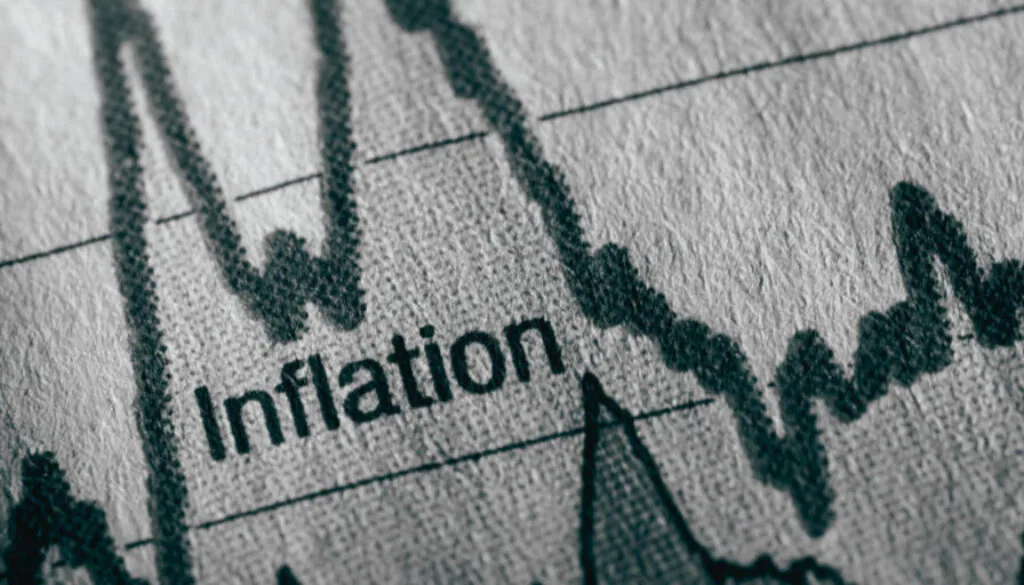Inflation Acceleration: What the 2.7% CPI Really Means for Your Wallet
The Consumer Price Index (CPI) report for July 2025 shows that prices went up 2.7% over the course of a year, with a 0.3% rise every month. That may seem like clear proof of inflation, but it’s important to know what’s really behind these numbers and how they affect your buying power.
People often don’t understand inflation. It’s not just when prices go up. When there is too much money in circulation chasing too few goods, the value of each dollar goes down. This is called real inflation. Other things, like supply problems or tariffs set by the government, can also cause prices to go up, but these aren’t really inflation in the economic sense.
For example, the bird flu outbreak that killed millions of chickens. The cost of eggs went up a lot. It wasn’t because your dollar was worth less; it was because there weren’t enough eggs. Egg prices began to drop as chicken populations grew back, but they are still about 27% higher than they were a year ago.
June’s CPI report reflects a mix of these factors:
- Core CPI (excluding food and energy): up 2.9% year-over-year
- Food prices:
- Food at home: up 2.4%
- Food away from home: up 3.8%
- Shelter costs: increased 3.8% year-over-year
- Energy prices: down slightly year-over-year but edged higher monthly
Tariffs are one of the main things that are making prices go up right now. These are taxes on goods that come from other countries, not because the value of the currency has gone down. But they still make things more expensive for consumers, especially appliances, furniture, and electronics.
In June, the U.S. government collected $27 billion in tariffs, a sharp increase from $6 billion the year before. That influx helped create a rare monthly budget surplus. However, it’s important to put that in perspective:
- June is historically a high-revenue month due to quarterly tax filings
- The federal government still reported a $1.3 trillion deficit over the first nine months of the fiscal year
Tariffs are bringing in more money, but they won’t fix long-term budget problems. In fact, corporate tax revenue went down in June, which could mean that some businesses are paying for tariffs, which hurts their profits.
At the same time, the Port of Los Angeles has seen record container traffic as businesses try to get goods in before new tariffs on Chinese imports go into effect. This rise in prices before the tariff is not due to natural economic growth; it is a planned stockpiling to lower future expenses.
What does all this mean for your wallet?
- Expect higher costs on imported goods and durable products
- Housing and rent remain expensive due to sustained shelter inflation
- Food prices are likely to stay elevated, especially in dining and protein-rich categories
Simply put, while a 2.7% CPI may appear to be moderate inflation on paper, the reality that you’re witnessing in the store is mostly the result of policy decisions and supply issues, rather than a decline in the value of your currency.
If you want to have a better grasp of the economy, make more informed spending plans, and evaluate current economic news, it’s essential to know the difference.
Stay Ahead of Inflation with Watchdog on Wall Street
We’ll keep breaking down what rising prices, tariffs, and government policies really mean for your everyday spending and long-term investments. Tune in to our podcast, radio show, or YouTube channel for straight talk on protecting your wallet.




